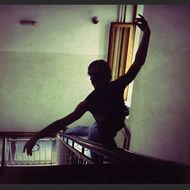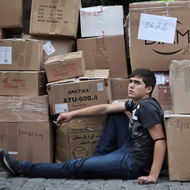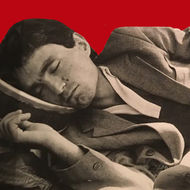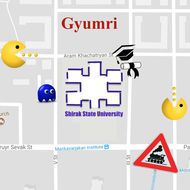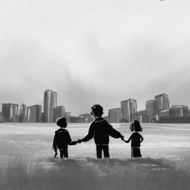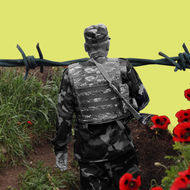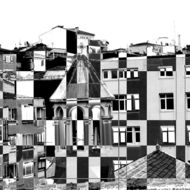Search articles
Search results for
The Halls are Half Empty, the Restaurants Full
By Ani Yavrenc
In Soviet Armenia, beyond the struggles of daily life, people were free to choose to be a part of the arts. But freedom in art was still limited. The situation changed after independence, there was freedom to be found in art but to choose art unreservedly, seemed ill-founded. Day-to-day struggles brought forth a dimension where the audience and the dancer were not connected.
The HALO Trust: Artsakh’s Guardian Angels
By Gayane Ghazaryan
While Artsakh has experienced the highest per capita accident rate in the world, it has seen a ten-fold reduction in landmine accidents since The HALO Trust began demining operations in 2000.
The Home Front: A Spirit of Solidarity and Love
By Gayane Ghazaryan
For a week now, Yerevan seems to have changed its colors, its mood and even its soundscape. While the war rages on the front lines, the home front is bursting with support, solidarity and love.
The “Hunger Artist” Among Us
By Maria Titizian , Roubina Margossian
A perceived absence of agency has led to growing public indifference in Armenia. When those who do take a stand, regardless of their tactics, are left to stand alone, more questions than answers surface. From the recent sentencing of radical opposition activists, to sit-ins and hunger strikes Opera Square to continuing impunity, everyone seems to be forgetting to ask, why?
The Hunt for Spies
By Astghik Karapetyan
There have been numerous public accusations related to espionage and high treason since the start of the 2020 Artsakh War. Despite all the noise, only one case of high treason and one case of espionage were filed during and after the war.
The Imperative for Structural Reforms in Higher Education: The Case of Gyumri
By Vahram Ter-Matevosyan
Last week, Gyumri was in the national spotlight because of strikes and student demonstrations. At the heart of the matter was the Shirak State University, the rector and the merging of politics and education.
The Imperative to Consistently Protect Human Rights
By Astghik Karapetyan
Astghik Karapetyan, the guest editor for this month’s issue titled “Dignity,” writes about the imperative to constantly work to protect the human rights of all, during both times of peace and war.
The Importance of Difficult Steps
By Aram Pachyan
The translation of prose or poetry is not a news headline or a tweet, it is a piece of literature that demands time, contrasting thoughts, artful concentration and the ability to publish, writes Aram Pachyan.
The Incoherence of Peace: The Karabakh Quagmire and the Fine Line Between Compromise and Capitulation
By Nerses Kopalyan
While taking the reader through the complexities of international law, Dr. Nerses Kopalyan writes that when Armenia and Azerbaijan speak about peace, they mean completely different things. What they are actually saying is that they seek peace on their own terms.
The Intellectual Crisis of the Armenian Reality
By Varak Ketsemanian
Varak Ketsemanian presents a critical analysis of Sona B. Dadoyan’s work, “2015, The Armenian Condition in Hindsight and Foresight: A Discourse,” a timely and critical piece of scholarship that sheds light on the intellectual crisis of the 21st century Armenian reality.


